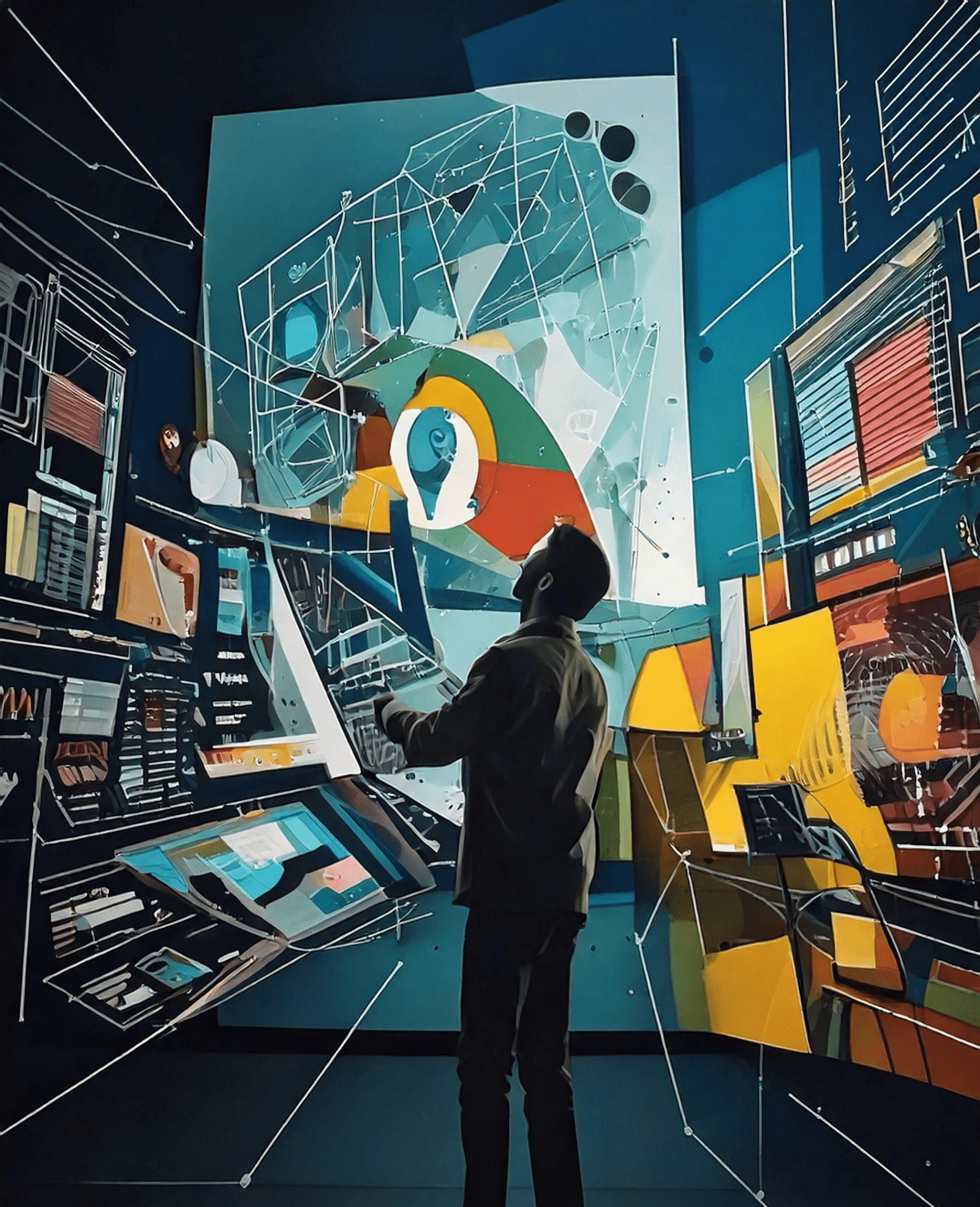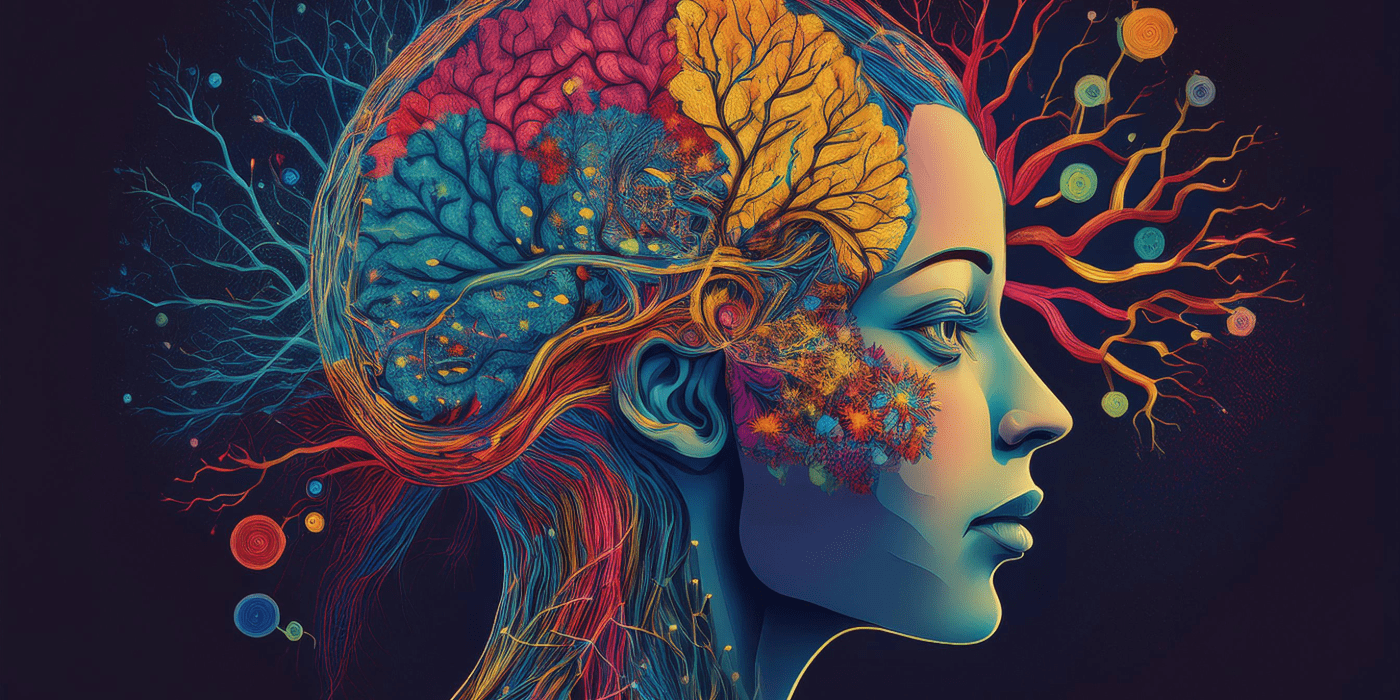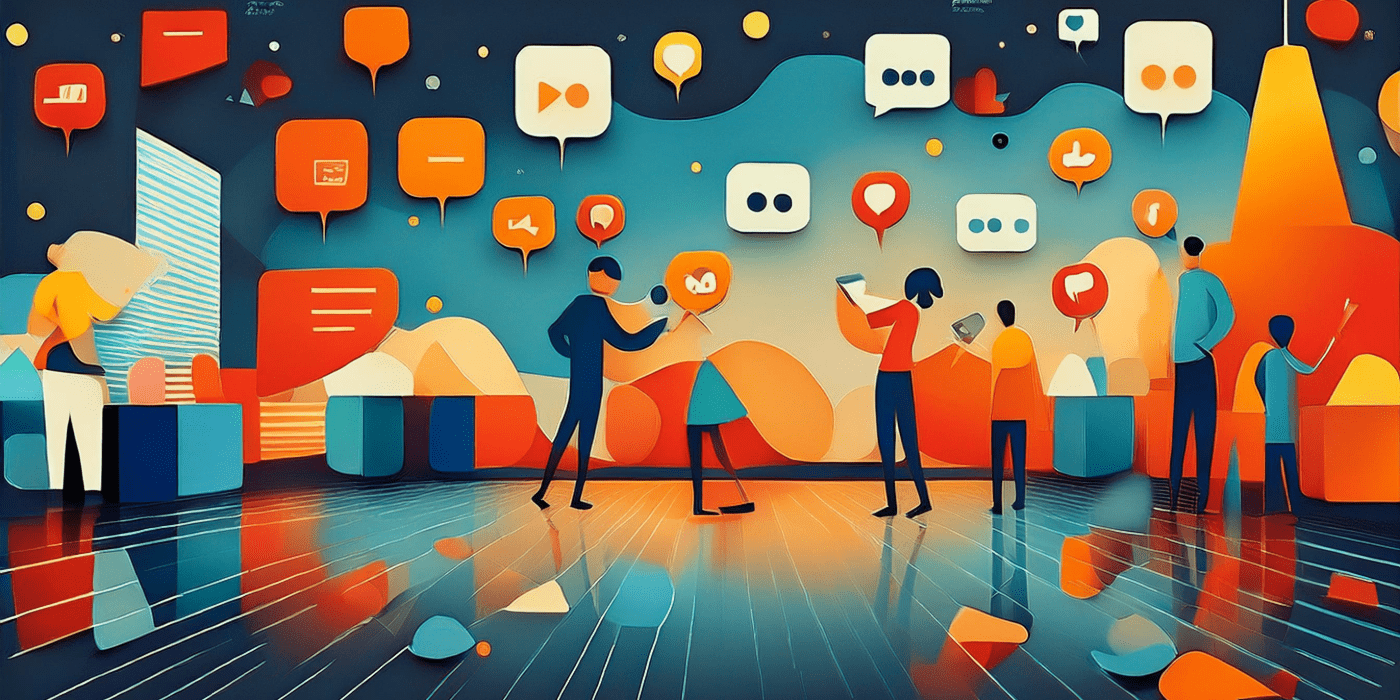- Revolutionary Design Software
- Generative Design and AI Tools
- Virtual Reality (VR) and Augmented Reality (AR) in Design
- Cloud-Based Collaboration Platforms
- 3D Printing and CAD Software
- Sustainable Design Technologies
- Motion Graphics and Animation Advances
- The Future of Design Programs and Technologies
- Conclusion: Empowering Creativity Through New Design Programs and Technologies
The world of design is experiencing an extraordinary evolution, fueled by innovative programs and technologies that empower creators to transform ideas into reality. These tools not only enhance creativity but also redefine efficiency, accessibility, and collaboration in design workflows. Let’s delve into the design programs and technologies shaping the future of creative industries.
Revolutionary Design Software
Modern design programs are more versatile and intuitive than ever, catering to a wide range of creative needs. Adobe Creative Cloud remains a cornerstone for professionals, offering tools like Photoshop, Illustrator, and After Effects for graphic design, animation, and multimedia projects. However, new contenders like Figma and Canva are reshaping the landscape with collaborative and user-friendly interfaces.
- Figma: Revolutionizing interface design, Figma’s cloud-based platform allows teams to collaborate in real-time, making it an indispensable tool for UI/UX designers.
- Canva: Ideal for non-designers, Canva provides an accessible way to create stunning visuals for social media, marketing, and branding.
- Blender: This open-source 3D creation suite is democratizing 3D modeling, animation, and rendering, offering advanced features for free with Blender.
Generative Design and AI Tools
Artificial intelligence is revolutionizing the design process, introducing generative design tools that explore countless possibilities based on predefined parameters. Programs like Autodesk’s Generative Design and Adobe’s Sensei analyze user inputs to generate optimal solutions, enhancing creativity and efficiency.
These tools allow designers to:
- Experiment with limitless variations.
- Optimize designs for functionality and sustainability.
- Reduce time spent on repetitive tasks.
AI-powered platforms like Runway ML are also enabling creatives to integrate machine learning into visual projects, pushing the boundaries of what’s possible in digital art and video production.
Virtual Reality (VR) and Augmented Reality (AR) in Design
Immersive technologies like VR and AR are transforming how designers conceptualize and present their ideas. Programs such as Unity and Unreal Engine empower creators to develop interactive experiences for gaming, architecture, and product visualization.
- Unity: Known for its versatility, Unity is widely used for developing VR/AR applications and interactive simulations.
- Unreal Engine: With photorealistic rendering capabilities, Unreal Engine brings cinematic-quality visuals to virtual environments.
These technologies bridge the gap between conceptualization and user experience, allowing clients to engage with designs in ways that were once unimaginable.
Cloud-Based Collaboration Platforms
Collaboration has become a cornerstone of modern design workflows, and cloud-based platforms are leading the charge. Tools like InVision and Adobe XD enable designers to collaborate on projects in real-time, streamlining feedback and iteration processes. These platforms eliminate geographical barriers, fostering teamwork across global design teams.
3D Printing and CAD Software
3D printing has unlocked new dimensions in product and industrial design, and CAD software like AutoCAD and Fusion 360 are instrumental in this transformation. Designers can prototype and iterate with unprecedented speed and precision, bringing concepts to life in physical form.
- Fusion 360: Combining CAD, CAM, and CAE tools, Fusion 360 supports end-to-end product development.
- TinkerCAD: A beginner-friendly option, TinkerCAD makes 3D design accessible to novices and educators.
Sustainable Design Technologies
Sustainability is at the forefront of innovation, with technologies enabling eco-friendly design practices. Tools like Rhino and Grasshopper allow designers to analyze environmental impact and optimize structures for energy efficiency. These programs promote sustainable architecture and product development, aligning creativity with environmental responsibility.
Motion Graphics and Animation Advances
Motion design has become a vital aspect of modern storytelling, with programs like Adobe After Effects and Cinema 4D leading the way. These tools provide designers with powerful capabilities to create dynamic visuals for marketing, entertainment, and educational content. The integration of real-time rendering engines, like Redshift and Octane, has further enhanced efficiency and creativity in animation workflows.
The Future of Design Programs and Technologies
The future of design lies in integration and personalization. As AI becomes more sophisticated, design programs will offer increasingly tailored solutions, anticipating user needs and enhancing creativity. Collaborative tools will continue to break barriers, enabling seamless global teamwork. Moreover, the convergence of physical and digital realms through technologies like AR and 3D printing will unlock new possibilities for innovation.
Conclusion: Empowering Creativity Through New Design Programs and Technologies
Design programs and technologies are more than tools; they are enablers of innovation and creativity. By embracing these advancements, designers can push boundaries, create meaningful experiences, and shape the future of industries. The interplay between human creativity and technological power ensures that design remains a dynamic and transformative force in the modern world.




